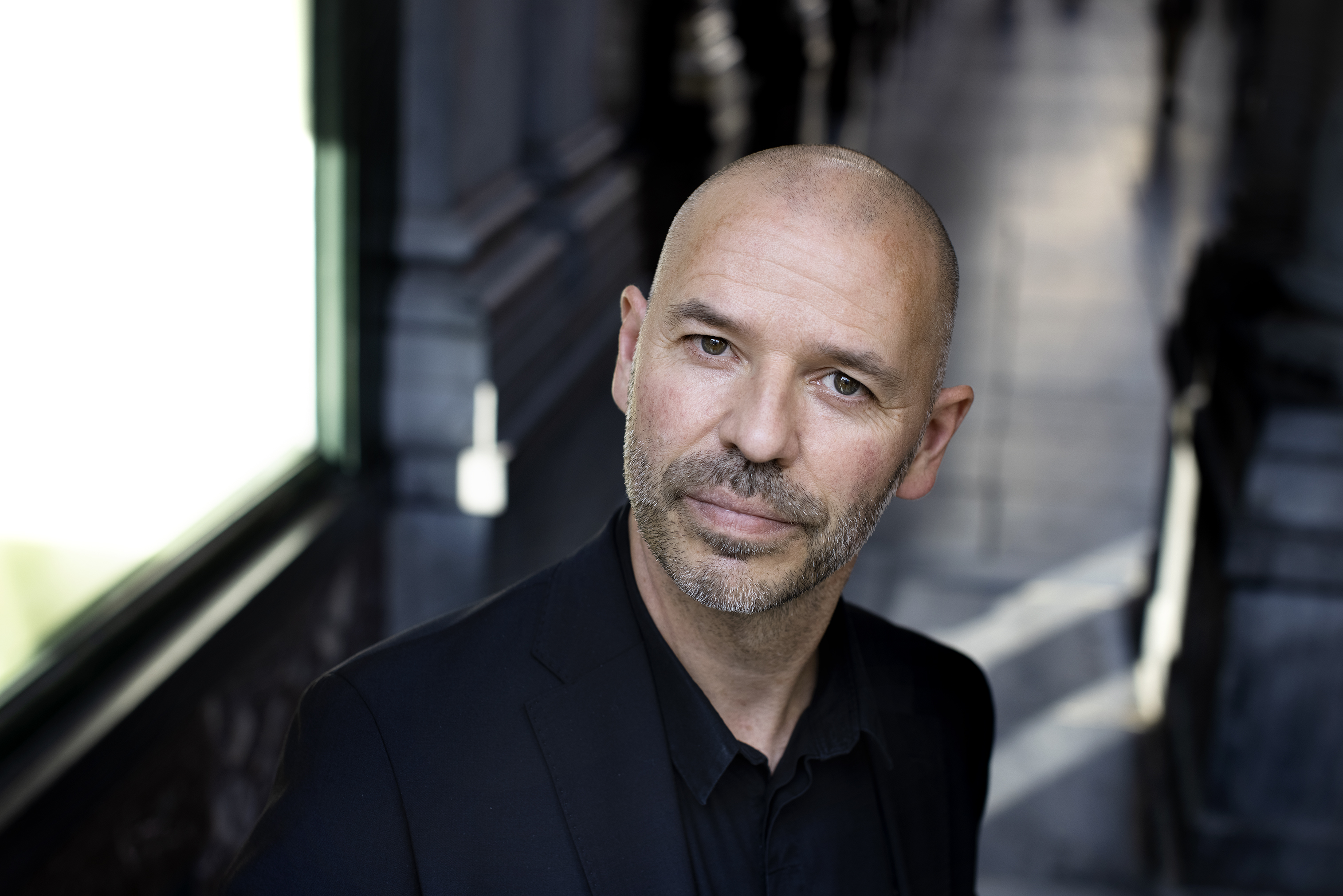There are numerous ways in which a prelude or introduction at the keyboard can be described: an introductory gesture, a ritual announcement, a means of attracting the listener's attention, a chance to warm up the fingers or try out the instrument and its temperament, a test of the acoustics in the hall, or simply an ‘improvisation'. Although the tradition of improvisational preluding or l'Art de Preluder extended into the early 20th century, it reached its peak between 1770 and 1840, with master pianists such as Mozart, Clementi, Dussek, Beethoven, Kalkbrenner, Hummel, Czerny, Moscheles, Chopin and Liszt.
It is a demanding discipline: creativity, spontaneity and technical ingenuity interact with circumstances that present themselves at the moment. A prelude is created in a fleeting moment that requires sublime skills and a ‘developed’ musical taste.
This research combines existing historical didactic instructions into a modern method that makes preluding accessible and up-to-date again for pianists, and promotes the development of a contemporary approach.





